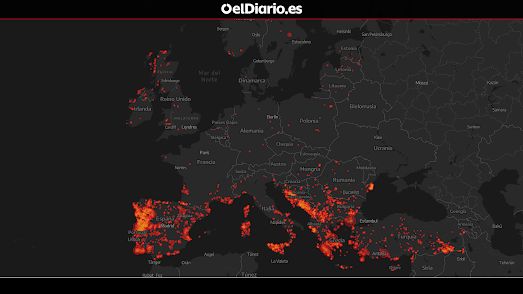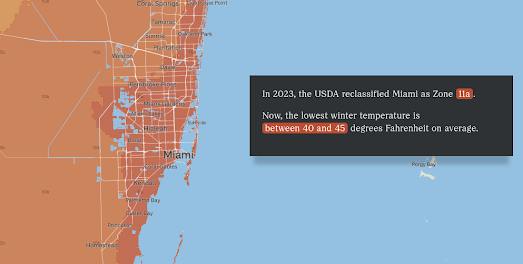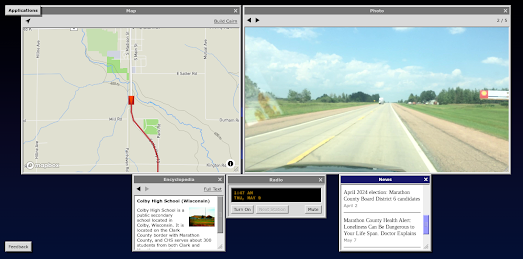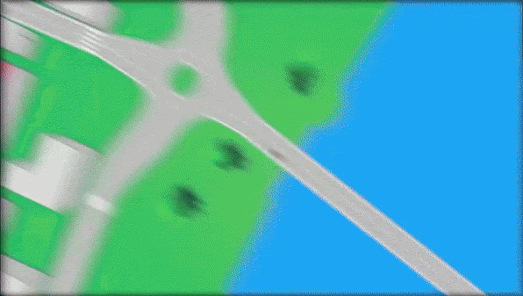540 million years ago the Earth's climate was very different from how it is today. During the Cambrian period global temperatures were warmer than they are now. It is believed there were no polar icecaps and there was likely to have been high levels of precipitation and humidity over much of the planet. Of course our world hasn't always been so warm. The last Ice Age was during the Pleistocene Epoch, around 20,000 years ago. During this period around 30% of the Earth's surface was covered by ice.
You can explore the history of the world's climate for yourself at the Climate Archive. The Climate Archive is an amazing interactive map which allows you to view animated simulations of the Earth's climate for the last 500 million years. Select an era of Earth's history from the map's timeline and you can view animated layers showing precipitation, wind and temperature conditions around the globe during your selected period.
If you aren't interested in the climate then you can instead use Climate Archive to view the evolution of the Earth's continents over its long history. Just turn off all the animated climate layers (listed under 'Layers in the left-hand sidebar). You can then use the timeline below the map to view the development of the Earth's continents over the duration of the last 540 million years, from the Cambrian period right-up until the Cenozoic (Earth's current geological era).
But forget about the past. I;m sure you are more interested in discovering how the Earth's climate might change over the next 1 million years. Select Next Million Years from the map sidebar and you can view an animated globe showing the Earth's climate "over the next one million years following a brief but strong anthropogenic warming".
Having mapped out the Earth's climate for the past 540 million years Climate Archive decided to move on to also map out 50 million years of climate change on the fictional planet of Arrakis. Fans of Frank Herbert's Dune series of novels (or the recent movies) will be aware of the tough desert conditions on the planet Arrakis. But did you know that 50 million years ago Arrakis was covered in water?
Select the Dune link in the left-hand menu and you can view a 3D globe of the fictional dry desert planet of Arrakis, as it appears in the novels and the films. You can also view a 3D globe showing the climate on Arrakis 50 million years ago, when 91% of the planet was covered by oceans.
After mapping 540 million years of Earth's climate history and 50 million years of the climate on Arrakis Climate Archive also decided to map the climate on Randland (the world which features in The Wheel of Time novels by author Robert Jordan - dubbed 'Randland' by some readers).
The Randland 3D globe features an animated layer simulating the yearly climate on the planet. Having never read the novels myself I cannot testify to the accuracy of this climate model. If you don't think the climate is accurate then you can always use the layers menu to turn off all the climate layers, and just peruse the 3D globe of Randland on its own.















